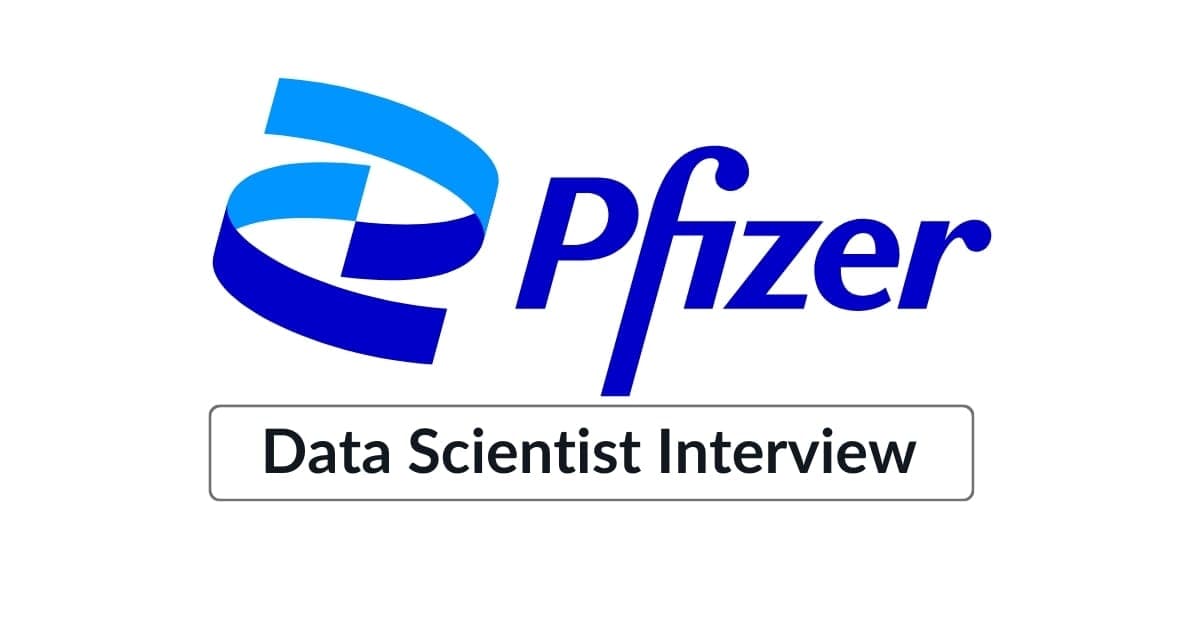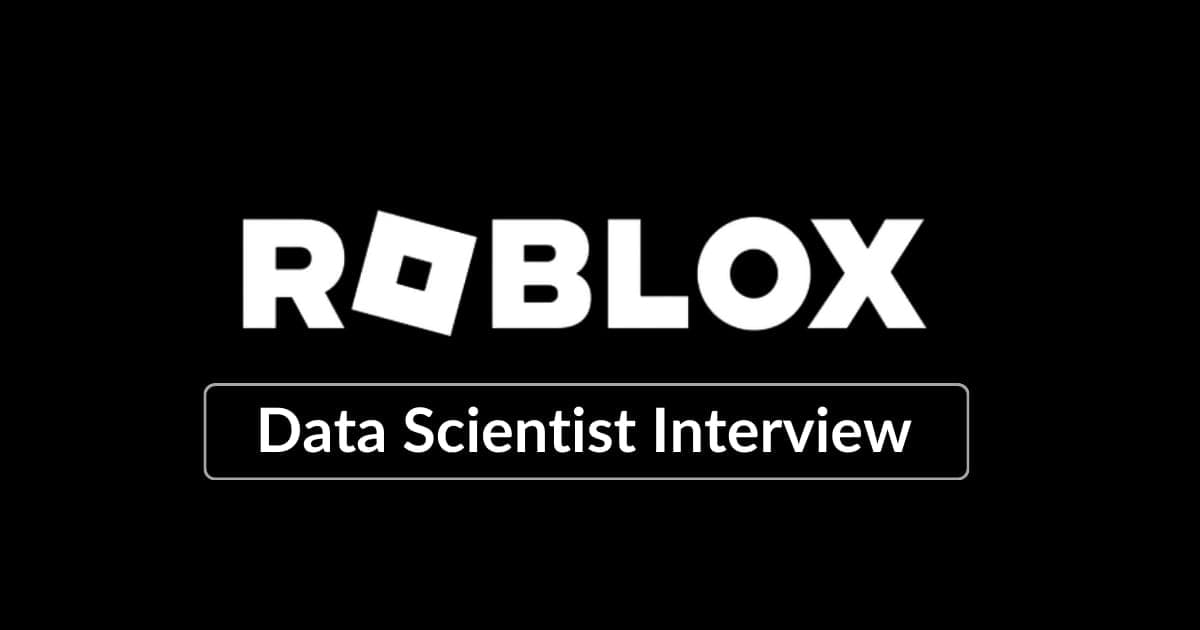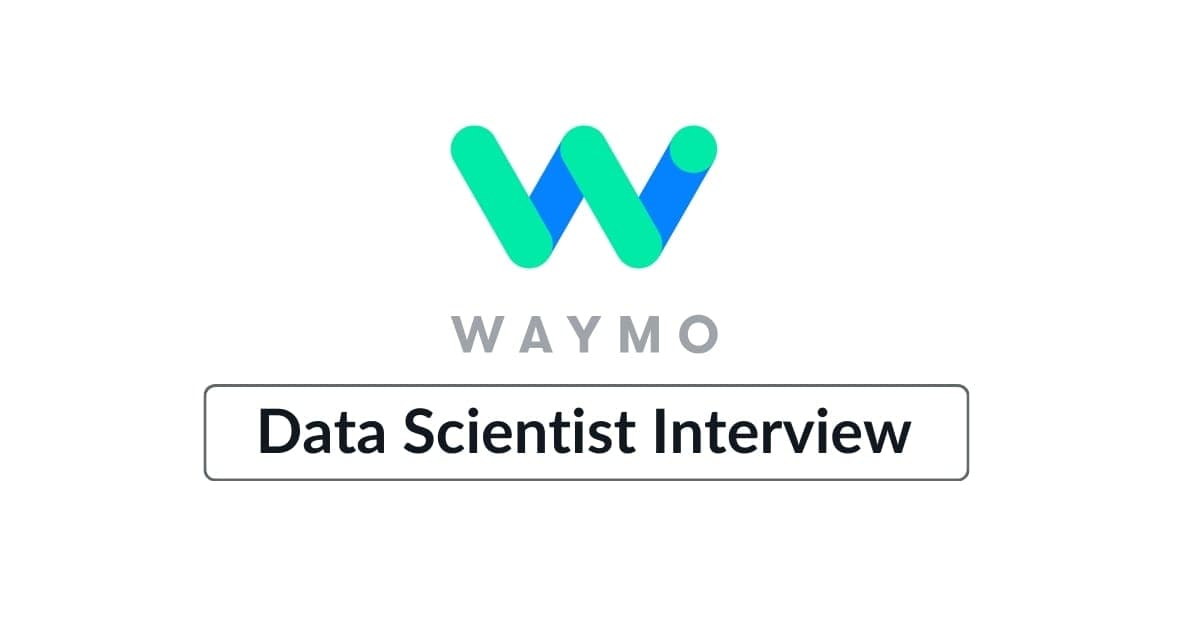Aspiring to become a data scientist at Meta? A core pillar within the data science at Meta is the analytics role, which specializes in data analysis, data visualization, and AB testing. You also have the opportunity to work across various products in the Meta ecosystem, such as Facebook, Instagram, Messenger, WhatsApp, Thread, and AR/VR devices.
Let’s look at a detailed guide on how to ACE the data scientist interview at Meta. Here are 7 key aspects to consider as you prepare for the data scientist interview.
- 📝 Job Application
- ⏰ Interview Process
- ✍️ Example Questions
- 💡 Preparation Tips
1. Job Application
Getting your application spotted by a recruiter at Meta is tricky. There are, however, several strategies you can execute to maximize your chance of landing an interview.
1.1 Understand the role expectation
Meta has the following expectations about the role of the data scientist. Understanding their expectations clues how the interviews will be structured in technical and behavioral rounds.
Technical
- Explore large data sets to provide actionable insights with data visualizations.
- Track product health and conduct experiment design & analysis
- Partner with data engineers on tables, dashboards, metrics, and goals
- Design robust experiments, considering statistical and practical significance and biases
Soft Skills
- Partner with cross-functional teams to inform and influence product roadmap and go-to-market strategies
- Apply expertise in quantitative analysis and data mining to develop data-informed strategies for improving products.
- Drive product decisions via actionable insights and data storytelling
You will see later, based on actual question examples, Meta places a great deal of importance on assessing the candidate’s competencies in data preparation/analysis, product sense, experimentation, and stakeholder communication.
2.2 Tailor your resume
Tailor your resume to highlight the background and skills that recruiters and hiring managers look for:
- Bachelor's degree (Master’s preferred) in Mathematics, Statistics, and a relevant technical field
- Work experience in analytics and data science, specializing in product
- Experience with SQL, Python, R, or other programming languages.
- Proven executive-level communication skills to influence product decisions.
This video guide will help you craft your resume👇
2. Interview Process
The interview process at Meta can take 4 to 8 weeks. Sometimes, the entire process is expedited if you have a competing offer from another FAANG company (e.g., Google). The steps are recruiter screen → technical screen →, onsite interview.
2.1 Recruiter Screen
The recruiter screen at Meta is usually formatted the following way:
- 📝 Format: Phone Call
- ⏰ Duration: 20 to 30 minutes
- 💭 Interviewer: Technical Recruiter
- 📚 Questions: Behavioral, Culture-Fit, Logistics
In the meeting, expect to discuss the following:
- On Meta’s Mission and About the Role
- Your Background - "Walk me through your resume. Why do you want to work at Meta?”
- Light Technical Questions - Sometimes, a recruiter may ask simple statistics or SQL questions, like explaining the difference between INNER/LEFT/OUTER JOINS.
- Your Logistics - Expect to discuss your visa/citizenship status, remote/hybrid/location preference, and scheduling for the next interview.
Pro Tip💡- Practice explaining your story prior to the interview
2.2 Technical Screen
The technical screen at Meta is usually conducted on Coderpad or a virtual pad where the interviewer will assess your coding and product sense ability.
- 📝 Format: Video Conference Call
- ⏰ Duration: 45 to 60 minutes
- 💭 Interviewer: Senior/Staff DS
- 📚 Questions: Data Manipulation (using SQL or coding) and Product Case
Pro Tip💡 - Practice 2 to 3 data manipulation problems up front when you are starting preparation with Meta. Aim to crack a problem within the 7 to 8 minute time limit.
2.3 Onsite Interview
1 to 3 weeks after the technical screen, you will be scheduled for the onsite stage. This is the most challenging aspect of the interview process. The bar is much higher than the technical screen.
- 📝 Format: Video Conference Calls
- ⏰ Duration: 45 to 60 minutes
- 💭 Interviewer: Senior/Staff DS or Data Science Manager
- 📚 Rounds/Questions: 4 to 5 Rounds - Programming, Research Design, Metrics, Data Analysis, Behavioral
Pro Tip💡 - Continue to ramp up on data manipulation skills and practice case problems verbally.
3. Interview Questions
Throughout the interview process, you will be assessed on a combination of the following areas:
- Programming
- Research Design
- Determining Goals and Success Metrics
- Data Analysis
3.1 Programming
The interviewer will assess your familiarity with data manipulations (e.g. merging datasets, filtering data to find insights). Expect to discuss trade-offs in coding/query efficiency. Things to consider:
- You will be given a choice of language to solve the problem - SQL, Python, R
- It doesn’t matter which SQL (e.g. MySQL, PostgreSQL) you are using as long as you know the common syntax
- Explain your solution verbally as you write and/or after you are done.
📝 Here’s an actual question:
For each user, find the date of their first 'Login' activity and the total
number of unique activity types they have engaged in since that first login.
Exclude users who have never logged in. Order the result by userID.
# *--------*--------------*---------------*
# | userID | activityDate | activityType |
# *--------*--------------*---------------*
# | 1 | 2023-01-01 | 'Login' |
# | 1 | 2023-01-02 | 'Comment' |
# | 2 | 2023-01-01 | 'Login' |
# | 2 | 2023-01-02 | 'Share' |
# | 3 | 2023-01-03 | 'Login' |
# | 3 | 2023-01-03 | 'Like' |
# | 3 | 2023-01-03 | 'Comment' |
# | 4 | 2023-01-04 | 'Login' |
# | 4 | 2023-01-05 | 'Login' |Solution
WITH FirstLogin AS (
SELECT userID,
MIN(activityDate) AS firstLoginDate
FROM UserActivity
WHERE activityType = 'Login'
GROUP BY userID
)
SELECT f.userID,
f.firstLoginDate,
COUNT(DISTINCT ua.activityType) AS numberOfUniqueActivities
FROM FirstLogin f
JOIN UserActivity ua ON f.userID = ua.userID AND ua.activityDate >= f.firstLoginDate
GROUP BY f.userID, f.firstLoginDate
ORDER BY f.userID;3.2 Research Design
Your interviewer assesses the design and explanation of AB testing and/or causal inference in various product cases. The general form of this question is formatted as follows:
- Suppose we want to change feature [X]. How would you design an experiment and test whether to change the feature?
- What are the downsides of the methodology you propose? Are there biases in the analysis or experiment that we should correct for?
📝 Here’s an actual question: The Messenger team proposes a feature that enables users to receive recent messages either unread or unresponded. How would you measure the effectiveness of this feature in an experiment?
Solution
Step 1 - Define Business Goal
Before diving into the experiment, it’s essential to clearly define the new feature's objective. For this feature, the objective is to increase user engagement by ensuring users do not miss or neglect important messages.
Step 2 - Select Key Metrics
Primary Metric:
- Response Rate: The percentage of users who respond to unread or unresponded messages after seeing the notification.
Secondary Metrics:
- Open Rate: The number or percentage of users who open the message notification.
- Retention Rate: Check if users exposed to the feature return to
the app more frequently than those who aren’t.
Step 3 - Experiment Design
Random Assignment:
Control Group: Users who do not receive the new feature.
Treatment Group: Users who receive the new feature.
Ensure that these groups are randomly selected and statistically
comparable regarding demographics, user behavior, etc. Set the significance level
at 0.05, statistical power at 0.80, and MDE at 1% relative lift from the
baseline response rate.
Step 4 - Run the Experiment
Run the experiment for 1 to 2 weeks to achieve the desired sample size, which is
calculated based on the significance level, statistical power, and MDE.
Step 5 - Launch Decision
Analyze the results: Check for statistical significance to ensure that observed differences are likely not due to chance. Check for the practical significance to see if the lift is meaningful for the business. Consider confounding variables or external factors that might have influenced the results.
3.3 Determining Goals and Success Metrics
Your interviewer wants to see your ability to define metrics that reflect success and inform business objectives. The question is usually formatted the following way: How would you measure [X] of a product [Y]? [X] is a quality like success, health, or satisfaction; [Y] is any feature or product of Meta like Feed, Notifications, Instagram, and WhatsApp.
Here’s an actual question: How would you set goals and measure success for Facebook notifications?
Solution:
Step 1 - Setting Goals for Facebook Notifications
Enhance User Engagement: The primary goal for notifications
is to drive user engagement. They should prompt users to revisit
the platform, engage with content, and participate in various activities.
Personalization: Notifications should be tailored to individual
user preferences, behaviors, and interests. This ensures they
feel relevant and don’t annoy the user.
Timeliness: Sending notifications at the right time can make a
difference in user engagement. Analyzing user behavior to determine
their active times is crucial.
Maintain User Trust: It’s vital that notifications don’t become
invasive or compromise user trust. They should be transparent,
and users should have clear control over their preferences.
Step 2 - Measuring Success for Facebook Notification
- Click-Through Rate (CTR): This is the most direct measure. If
users are clicking on the notifications and engaging with the app,
it indicates the notifications are effective. - Engagement Time Post-Notification: Beyond just clicking, it's
essential to see if users engage deeply with the platform after
accessing through a notification. - Conversion Rate: If a notification aims to drive a specific
action (e.g., attending an event, using a new feature),
the conversion rate will be a direct measure of its effectiveness. - Churn Rate Due to Notifications: Monitor if there's an increase
in users turning off notifications or if there's an uptick in
app uninstalls after a notification. This could indicate that
the notifications are too frequent or not relevant. - User Feedback: Direct feedback about notifications, gathered
through surveys or user interviews, can provide qualitative insights. - Segmented Analysis: Different user segments may react differently.
It's essential to measure success metrics across various user
segments to ensure notifications are effective for the entire user base.
3.4 Data Analysis
Your interviewer will look for how you leverage methods ranging from descriptive statistics to statistical models to answer hypothesis-driven questions. Things to consider are the following:
- What are the hypotheses that would lead to a decision? How would you prove a hypothesis is true?
- Can you translate concepts generated into a specific analysis plan? Can you use data to answer the original question posed with enough detail to demonstrate the ability to execute an analysis?
Here’s an actual question: How would you measure the impact of parents being on Facebook on teenagers?
Solution
Step 1 - Define the Scope of 'Impact'
Before diving into measurements, it's crucial to clarify what "impact" means. Does it refer to:
- Content consumption behaviors (e.g., what teenagers view or read)?
- Content creation behaviors (e.g., what teenagers post or share)?
- Social behaviors (e.g., whom they interact with)?
- Privacy and security settings?
Step 2 - Data Collection and Preparation
Gather historical data on the behaviors of teenagers on Facebook.
This could include:
Frequency of posts, likes, shares, and comments.
- Privacy settings adjustments over time.
- Types of content consumed.
- Duration and times of active sessions
Generate relevant features that can serve as explanatory variables.
Examples:
- Parent_Active: Binary variable indicating whether a parent
is active on Facebook (1 for yes, 0 for no). - Average_Session_Time: Average time a teenager spends on
Facebook per session. - Number_of_Family_Friends: Count of family members or family
friends in their friend list.
Step 3 - Set up Regression Analysis
You'll want to quantify the impact of parents being on Facebook
on a specific teenager's behavior. For instance, if you're
interested in the number of posts:
- Number_of_Posts ~ B0 + B1 * Parent_Active + B2 * Average_Session_Time + B3 * Number_of_Family_Friends
- Ultimately, you are measuring the effect of Parent_Active on teenagers.
The target variable Number_of_Posts could be swapped with other
behavioral metrics of a teenager - let’s say Number_of_Likes.
Step 4 - Interpretation
Evaluate the coefficient of the Parent_Active variable:
- If it's significant and negative, it suggests that having
parents on Facebook decreases the behavior in question (e.g.,
number of posts). - If it's significant and negative, it suggests the opposite.
- If it's not statistically significant, you can't confidently say that
parents' presence on Facebook influences that particular behavior.
4. Preparation Tips
Use the following resources to help your prep further!
- Read the Meta’s Financials and KPIs
- Visit the Meta’s Engineering Blog
- Practice SQL Problem Sets
- Join the Data Science Interview Bootcamp led by FAANG Data Scientists/Interviewers.



